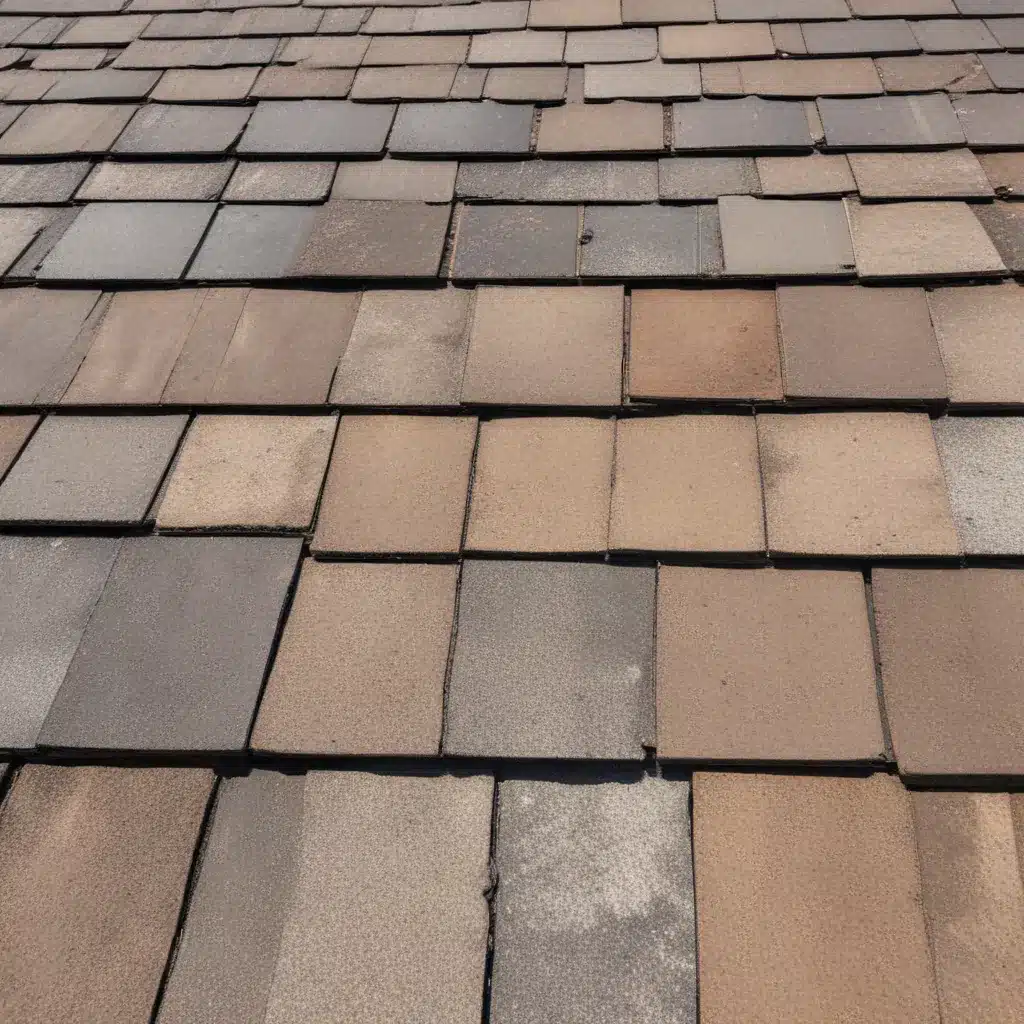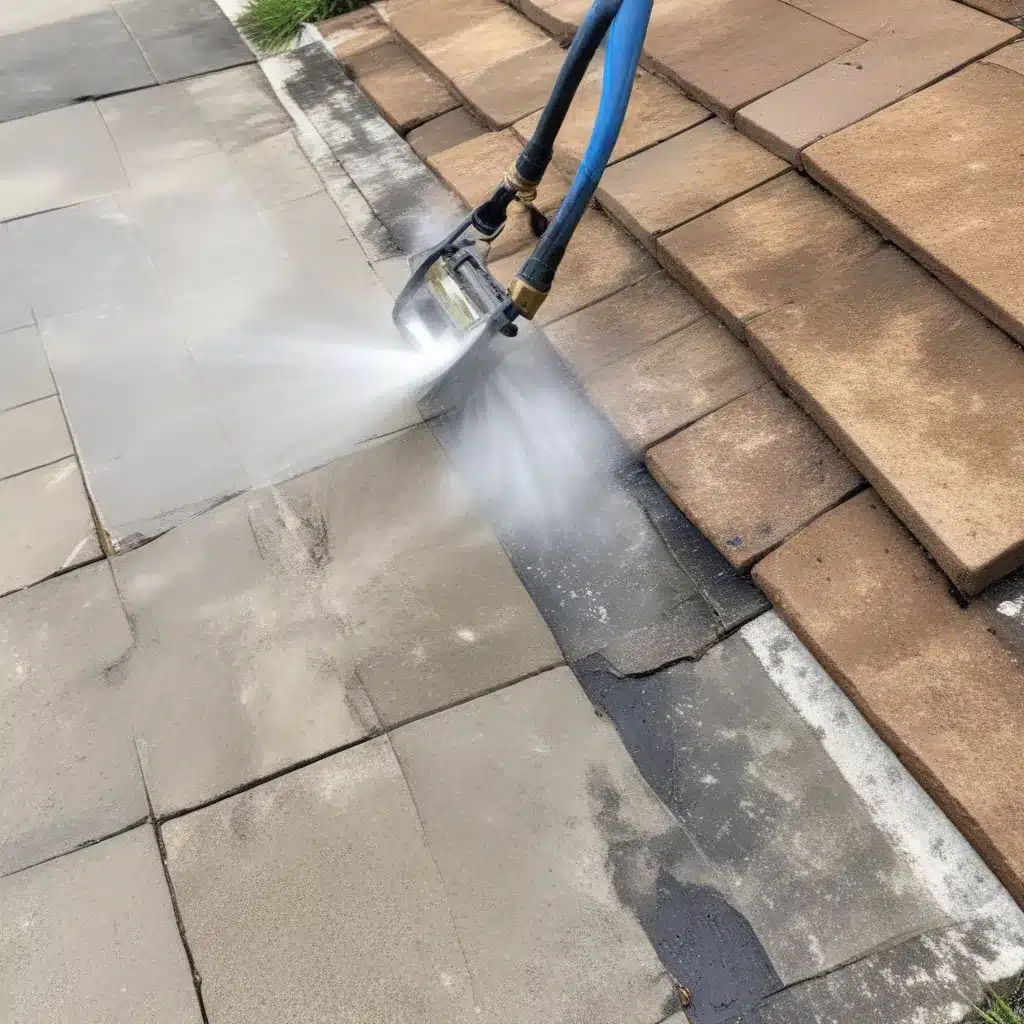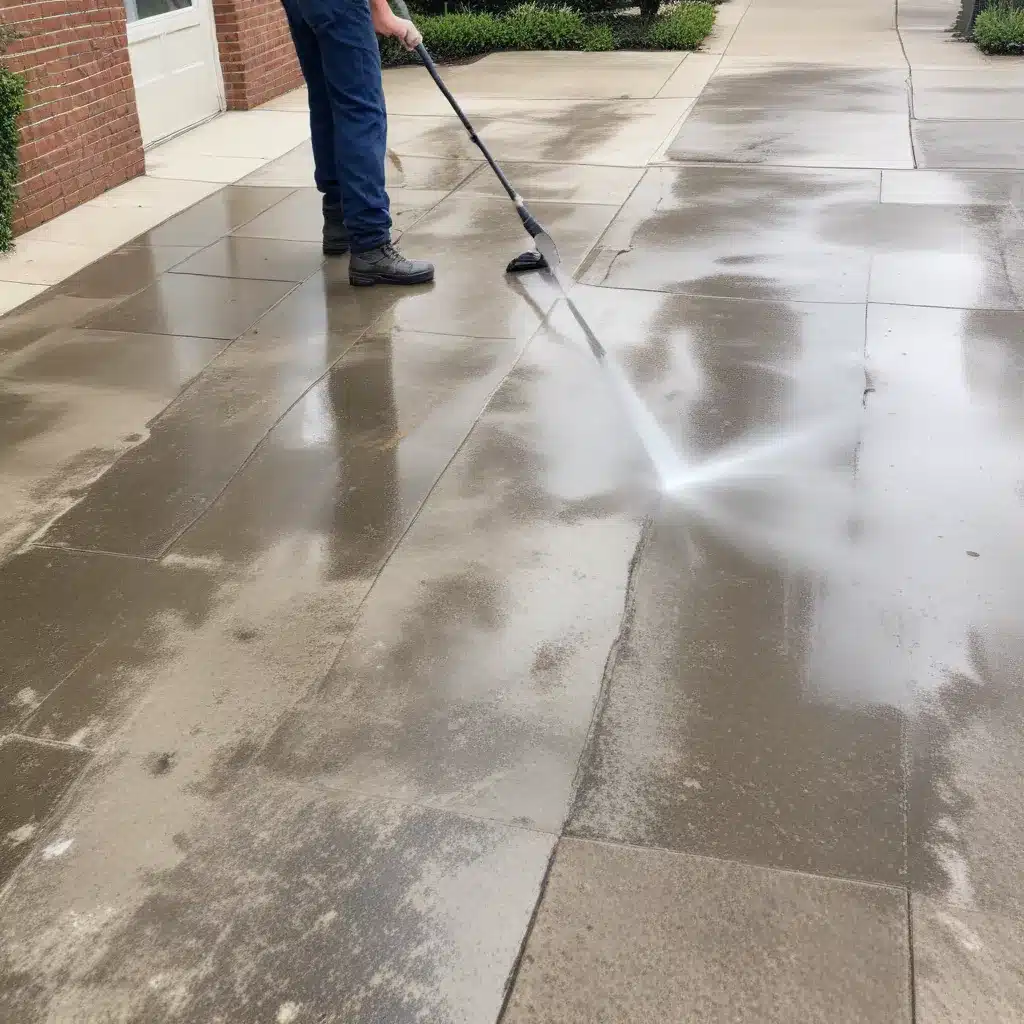
When it comes to pressure washing, conserving water is like finding the perfect balance in a delicate dance. But fear not, as there are efficient tips to master this art. From selecting the right equipment to adjusting pressure settings, these strategies can make a significant difference. By incorporating targeted spot cleaning and pre-treating stubborn stains, you can enhance your water-saving efforts. Stay tuned to uncover how proper techniques and maintenance practices can revolutionize your pressure washing routine.
Key Takeaways
- Control water flow with trigger gun and adjust pressure settings for minimal water wastage
- Choose proper nozzles for efficient water distribution and consider capturing and reusing runoff water
- Opt for biodegradable detergents, use sparingly, and dispose of them correctly to reduce environmental impact
- Pre-treat tough stains with suitable methods like hot soapy water, vinegar solution, lemon juice, or baking soda paste
Proper Equipment Selection
How can I choose the right equipment for water conservation when pressure washing? When it comes to equipment maintenance, ensuring that your pressure washer is in good working condition is crucial for water conservation. Regularly check for any leaks, damaged hoses, or worn-out nozzles that could lead to water wastage. Safety precautions are also essential – wearing protective gear like goggles and gloves can help prevent injuries while operating the pressure washer.
To conserve water effectively, opt for a pressure washer with adjustable pressure settings. This allows you to tailor the water pressure according to the task at hand, minimizing water usage without compromising on cleaning power. Additionally, choosing a model with a variety of nozzles can help control water flow and pressure for different surfaces.
Optimal Pressure Settings
When it comes to pressure washing, setting the optimal pressure is crucial for achieving effective results. Adjusting the pressure according to the surface being cleaned can prevent damage and ensure thorough cleaning. Additionally, selecting the proper nozzle for the job can enhance the efficiency and safety of the pressure washing process.
Pressure Adjustment Tips
Adjusting the pressure settings on your pressure washer is crucial to ensure efficient and effective cleaning results. Here are some pressure adjustment tips for optimal performance:
- Start Low: Begin with the lowest pressure setting and gradually increase if needed to avoid unnecessary force.
- Test It Out: Experiment on a small, inconspicuous area first to find the perfect pressure for the task at hand.
- Be Mindful: Higher pressure doesn’t always mean better cleaning. Find the sweet spot where dirt is blasted away without wasting water.
- Check the Manual: Don’t ignore the manufacturer’s recommendations. They know their machines best, so follow their guidance on pressure control for both cleanliness and water conservation.
Proper Nozzle Selection
To ensure optimal pressure settings for pressure washing, selecting the proper nozzle is essential for achieving effective and efficient cleaning results. Nozzle maintenance plays a crucial role in maintaining the desired pressure levels. Inspect the nozzles regularly for any blockages or damage that could affect water flow. When it comes to water consumption considerations, choosing the right nozzle size can make a significant difference. A smaller nozzle will result in higher pressure but also increased water usage, while a larger nozzle will cover more surface area but with lower pressure and water consumption. Experiment with different nozzles to find the perfect balance between pressure and water efficiency for your pressure washing needs.
Targeted Spot Cleaning
For precise cleaning of stubborn stains, focus on using targeted spot treatments with the pressure washer. When dealing with pesky spots that just won’t budge, here are some tips to hit the bullseye:
-
Aim with Precision: Lock eyes with that grime and unleash the power of your pressure washer directly on the target.
-
Hold Your Ground: Stand your ground, warrior! Don’t let that stain intimidate you. Get up close and personal for maximum impact.
-
Blast Away: Pull the trigger and let loose a torrent of water with the force of a thousand raging rivers. That spot won’t know what hit it!
-
Victory Dance: Celebrate your triumph over the grime. Strike a pose, do a victory dance, and revel in your spotless success!
With these targeted spot cleaning techniques, you’ll be able to tackle even the toughest stains with ease. So go forth, armed with your pressure washer, and show those spots who’s boss!
Pre-treat Tough Stains
When faced with tough stains that resist targeted spot cleaning, my go-to strategy is to pre-treat them before bringing out the pressure washer. Stain removal techniques can vary, but the key is to choose sustainable cleaning methods that are effective. Here’s a humorous take on pre-treating tough stains:
My Stain Pre-Treatment Arsenal:
| Stain Type | Pre-Treatment Method |
|---|---|
| Grease | Hot soapy water and a dash of elbow grease |
| Mold/Mildew | Vinegar solution for a sour surprise |
| Rust | Lemon juice for a zesty solution |
| Oil | Baking soda paste to absorb the oily drama |
Efficient Surface Preparation
Preparing the surface efficiently sets the stage for a successful pressure washing session. To ensure a job well done while being mindful of water conservation and surface protection, here are some tips for efficient surface preparation:
-
Sweep Away the Mess: Before firing up the pressure washer, grab a broom and sweep away loose debris. This will prevent gunk from clogging your equipment and save water by not having to blast away unnecessary dirt.
-
Soak the Surface: For stubborn grime, give the surface a good soak with a mixture of water and environmentally friendly detergent. Let it sit for a bit to loosen up the dirt, making it easier to wash away and reducing water usage.
-
Use Scrubbing Pads: For tougher stains, consider using scrubbing pads or brushes to pre-treat the surface. This will help break down the grime, allowing for more efficient pressure washing and protecting the surface from excessive force.
-
Cover Delicate Areas: Before starting, protect delicate plants, electrical outlets, and other sensitive areas from the high-pressure spray. This not only ensures their safety but also minimizes potential damage, saving you from extra work during regular maintenance.
Regular Maintenance Practices
I cannot stress enough the importance of keeping your pressure washing equipment well-maintained. Managing a regular cleaning schedule and properly storing your hoses are key practices to ensure the longevity and efficiency of your tools. These maintenance practices will not only save you time but also contribute to water conservation efforts.
Equipment Upkeep Importance
Regular maintenance practices are essential for ensuring the proper functioning and longevity of pressure washing equipment. Neglecting upkeep can lead to costly repairs or a premature replacement. Here are some maintenance tips to keep your equipment running smoothly:
- Check for Leaks: Keep an eye out for any leaks in hoses or connections to prevent water wastage.
- Clean Nozzles Regularly: Clogged nozzles can affect the cleaning technique and increase water usage.
- Inspect Pump Oil Levels: Proper oil levels help maintain the pump’s efficiency and performance.
- Store Properly: Store your equipment in a dry place to prevent rust and damage from the elements.
With these maintenance practices, your pressure washing equipment will stay in top shape, saving you both time and money in the long run!
Cleaning Schedule Management
Managing a consistent cleaning schedule for your pressure washing equipment is crucial for maintaining its efficiency and prolonging its lifespan. When it comes to time management and task prioritization, staying on top of regular maintenance is key. Here’s a humorous take on how to tackle cleaning frequency and water usage tracking effectively:
| Task | Frequency |
|---|---|
| Clean filters | Every 3 months |
| Check hoses | Monthly |
| Inspect nozzles | Every 2 weeks |
| Monitor water usage | Weekly |
| Test pressure levels | Bi-monthly |
Hose Storage Solutions
When organizing hose storage solutions as part of regular maintenance practices for pressure washing equipment, consider utilizing wall-mounted holders to keep hoses neatly stored and easily accessible. Here are some space-saving techniques and options for hose organization:
- Hose Reel: Invest in a quality hose reel that can be mounted on the wall for easy winding and unwinding.
- Wall Mount Options: Look for wall-mounted hose holders that can accommodate the length and weight of your pressure washing hose.
- Compact Hose Storage: Opt for a hose reel with a compact design to save space in your garage or storage area.
- Detachable Hose Hooks: Consider using detachable hooks that can be moved around to create a customizable hose storage solution.
Efficient hose storage not only keeps your equipment organized but also prolongs the life of your pressure washing hose.






